Beginner’s Guide to Custom Product Pages on the App Store
 Gabriel Kuriata
Gabriel Kuriata  Gabriel Kuriata
Gabriel Kuriata Custom product pages are alternate versions of an app’s default listing on the App Store, tailored to target a particular audience and address its unique needs by highlighting specific features and themes.
Following a significant update announced during Apple’s Worldwide Developers Conference in May 2025, users can discover custom product pages through paid user acquisition channels (such as Apple Ads campaigns and external platforms) and through organic search results on the App Store.
Consequently, developers can utilize custom product pages for all user acquisition channels, positively impacting their paid and organic (ASO) strategies.
Custom product pages are set up in App Store Connect (Apple’s web-based platform for developers to manage all aspects of their apps on the App Store). How they are implemented exactly depends on the channel for which they’re used.
Apple Ads is an advertising platform designed to help app developers promote their iOS apps directly on the App Store. Consequently, Apple Ads has a unique relationship with custom product pages, which function as highly relevant landing pages for different Apple Ads placements.
In Apple Ads, advertisers create ad variations for search results ads and connect them to custom product pages that have been approved in App Store Connect.
Custom product pages are assigned a unique URL that includes their page ID, making them accessible from external advertising channels or other media, such as the developer’s official website.
Consequently, an advertiser can consider each channel’s unique audience before directing it to a version of their app’s page that best addresses its unique audience, increasing the likelihood of conversions.
Custom product pages can be assigned organic keywords in App Store Connect, allowing app store optimization (ASO) specialists to improve their organic search conversions. This means that paid and organic search results on the App Store can now be strategically aligned, further contributing to and benefiting from the synergy between Apple Ads and ASO.
Custom product pages are very versatile. Here are practical examples of their use.
Apps can offer incredibly versatile features. Showcasing all of them on the App Store’s product page may not be possible. It’s better to customize it, depending on what a particular user is looking for.
Take the example of our client, tonestro, an app for all those learning to play the violin. Its key feature is the lessons themselves. However, a significant subset of more experienced users is interested primarily in tools for tuning their instruments. The app reached both of these groups with the help of ad variations using custom product pages in Apple Ads
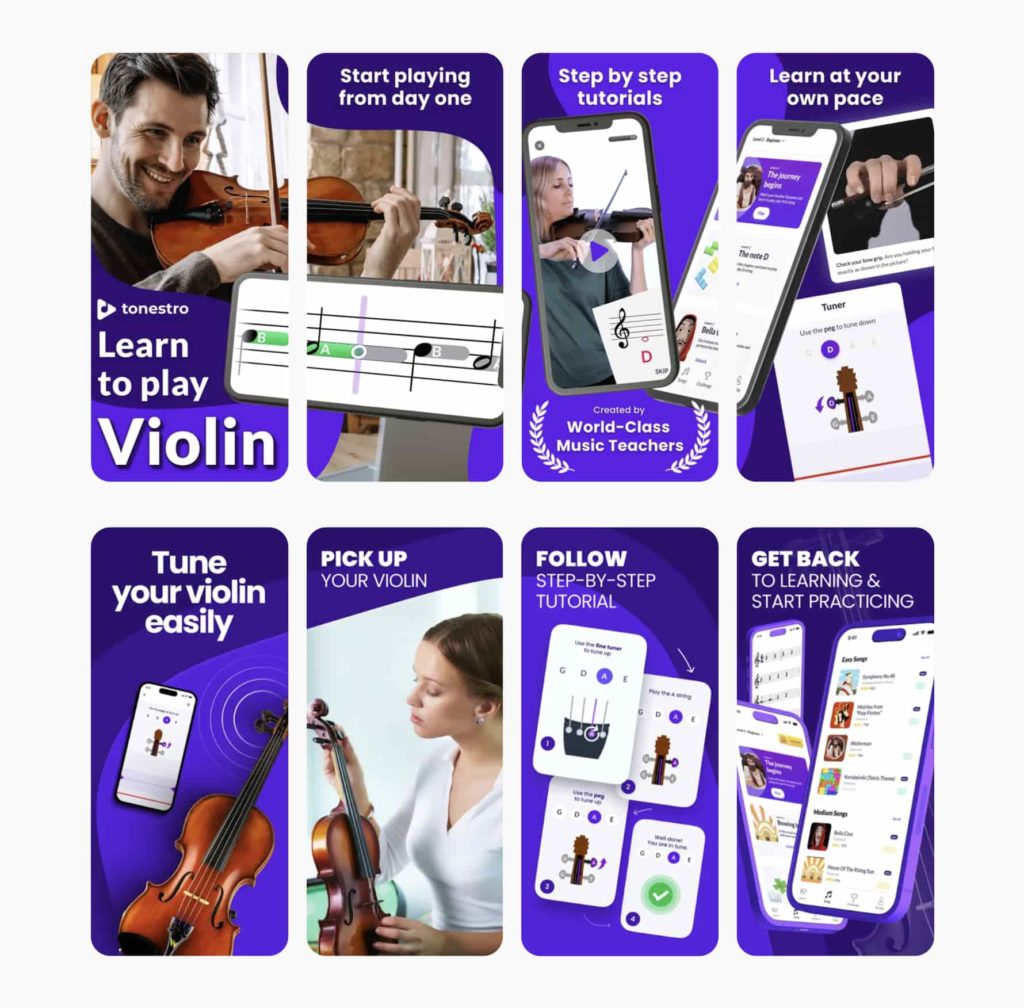
Personalization can go beyond highlighting various features, themes, or benefits. It can address multiple stages of the user journey. In this context, custom product pages can be especially useful for brand and competitor campaigns in Apple Ads.
Custom Product Pages can utilize deep links to guide users directly from the App Store to a particular piece of content within the app itself.
This feature is supported on iOS 18 and later, reducing the number of steps required for users to find the content they are interested in. This significantly increases conversion rates and improves user retention.
Developers add a deep link to a specific custom product page in App Store Connect. This link is a URL that, when the app is opened, directs the user to a particular screen or feature inside the app.
Use deep-links to streamline user journeys through custom product pages, highlighting specific features of your app.
Custom product pages will help you target an audience interested in seasonal events without alienating your core users. Take the example of sports betting apps using custom product pages during Euro 2024:
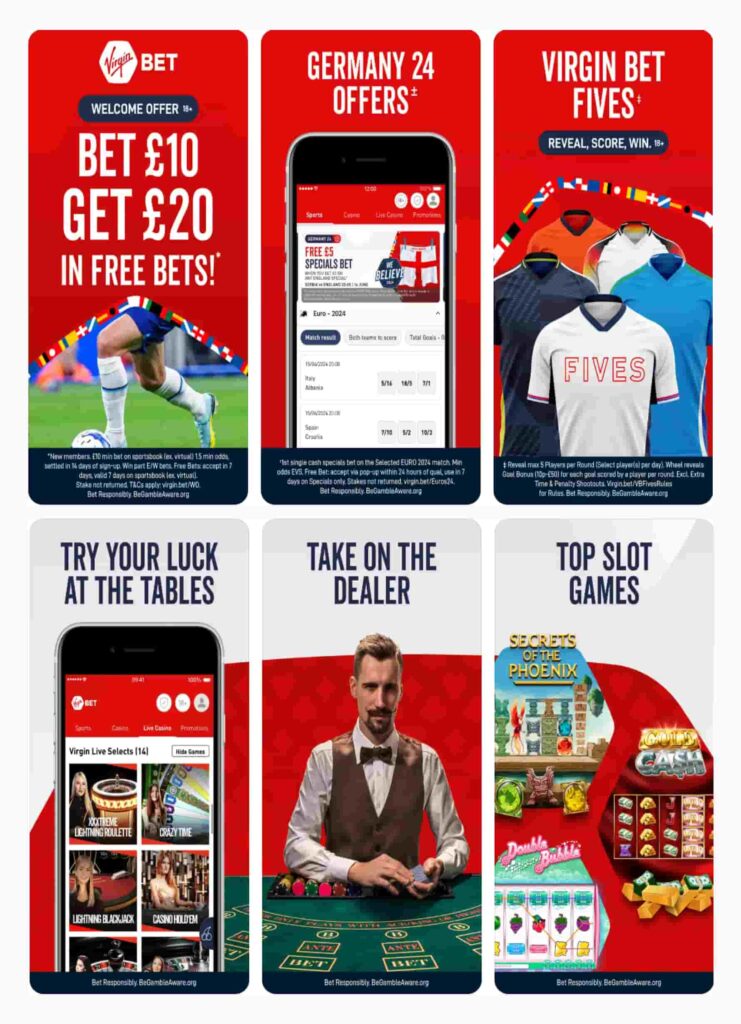
Custom product pages enabled these apps to target lucrative, Euro 2024-related keywords without disorienting a large audience interested in other sports or game disciplines.
Utilize custom product pages across all external advertising platforms to deliver an experience tailored to each audience’s needs and preferences. For example:
Audiences of these channels are diverse in terms of demographics, mindsets, interests, and engagement. They may be interested in different features, themes, or respond better to specific design choices or wording.
Designing custom product pages is a fantastic creative challenge. Our mobile marketing Agency specializes in building hypotheses, designing, and developing custom product pages. Read more about our Agency.
Custom product pages can be an excellent tool for gaining more insights about your audience. By creating different versions of your app’s page, you can analyze how specific user groups respond to different visuals and messaging.
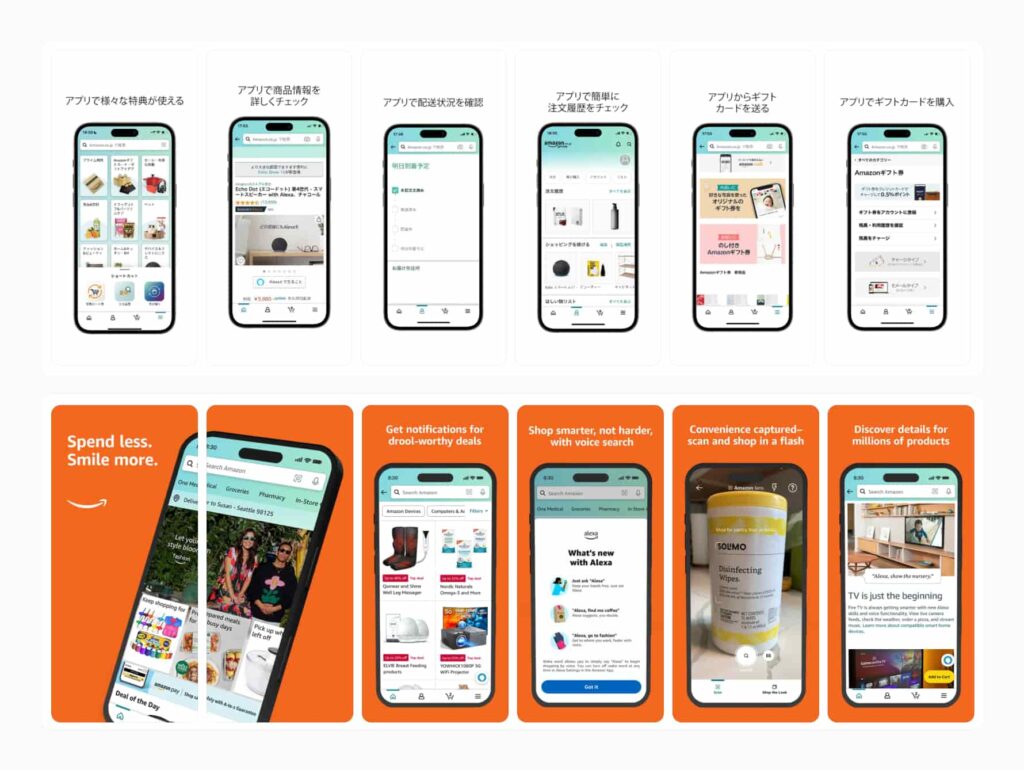
A standard localized page is a fixed listing for a specific country or language. It provides a single, uniform version of your app listing for all users in that locale. For example, all users in Japan see the same Japanese App Store page.
A custom product page offers the flexibility to create multiple, highly specific versions of your app listing within a single locale. This is crucial for targeting cultural nuances more effectively, addressing local interests in various features, or preferences in design.
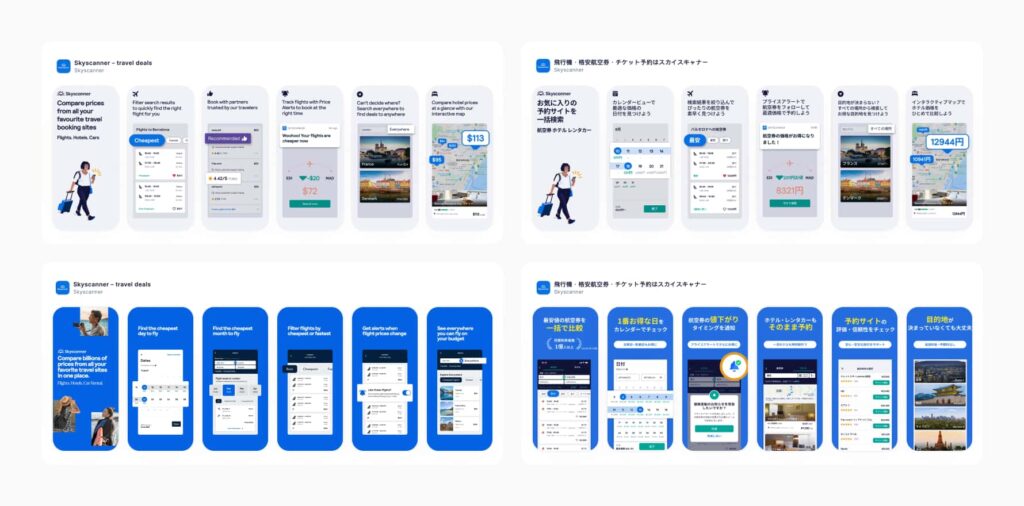
Custom product pages are created in App Store Connect. You can change several key elements on a Custom Product Page to create a tailored user experience. These elements are a subset of the components on a default product page. The main editable elements are:
You cannot change the following elements, as they remain consistent across all of your custom product pages and the default product page.
Custom product pages now support their own keyword fields and can appear in App Store search results if keywords are added.
The process of creating custom product pages is very straightforward (always refer to the official documentation).
App Analytics in App Store Connect is the default source of information about the performance of your custom product pages. However, from an advertiser’s perspective, performance metrics from various advertising platforms are more critical.
Custom product pages first influence Tap-Through Rate (TTR) by increasing ad relevance through creatives that better align with user intent. When users land on a page that matches what they expected from the ad, Conversion Rate (CR) also improves as the experience feels more consistent and tailored.
Beyond these upper-funnel effects, utilizing custom product pages in Apple Ads campaigns can enhance overall efficiency. By attracting more qualified users, they can help improve Cost Per Acquisition (CPA) and Return on Ad Spend (ROAS), leading to more effective and value-driven results.
As each custom product page serves a distinct purpose and audience, it’s important to analyze performance metrics for every campaign and channel individually.
Competitive analysis is an essential component of any successful user acquisition strategy, whether paid or organic. With custom product pages now discoverable through all user acquisition channels, understanding how competitors utilize them becomes even more crucial.
By analyzing the custom product pages of competitors, mobile publishers can uncover best practices, identify trends, and pinpoint areas for improvement on their own pages. To empower our customers with this valuable knowledge, SplitMetrics has developed a cutting-edge tool called “CPP Intelligence”. It allows mobile developers and marketers to explore and evaluate their competitors’ custom product pages on the App Store.
With this innovative feature, mobile developers and marketers can gain valuable insights into how competitors present their app offerings, the design elements and captions they use, and the tactics they employ to engage users through custom product pages and promotions.
Stay ahead of the competition and maximize your app’s potential with SplitMetrics’ CPP Intelligence tool. Unlock valuable insights to enhance your custom product pages and drive success on the App Store.
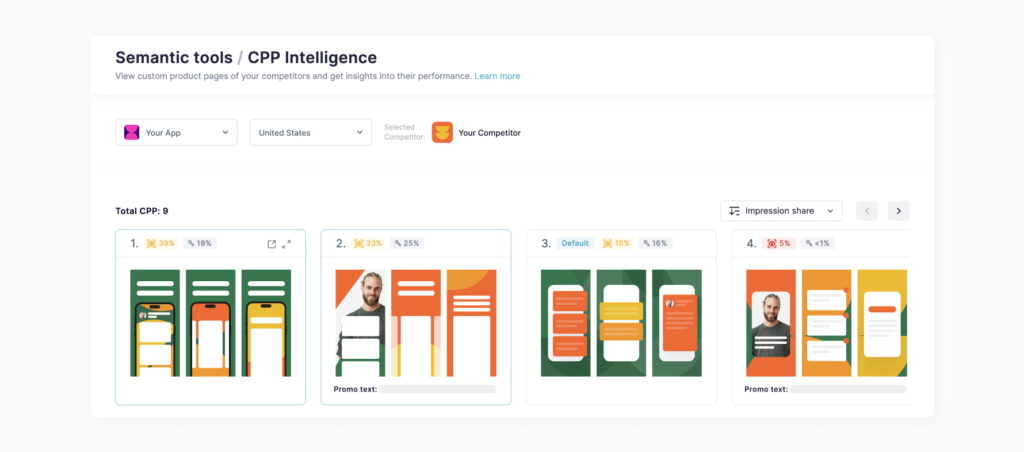
Custom product pages are a versatile tool for promoting an app on the App Store, enabling you to tailor your app’s presence for different audiences and acquisition channels. By effectively utilizing custom product pages, you can enhance conversion rates, gain valuable audience insights, and stay competitive on the App Store.
Custom product pages have a significant impact on the performance of Apple Ads campaigns, which is why our platform offers multiple features that enhance their optimization and management. With a dedicated dashboard, creative asset preview in our Ads Manager, and CPP Intelligence, you’ll be ready to take out the most of this fantastic app marketing tool.
